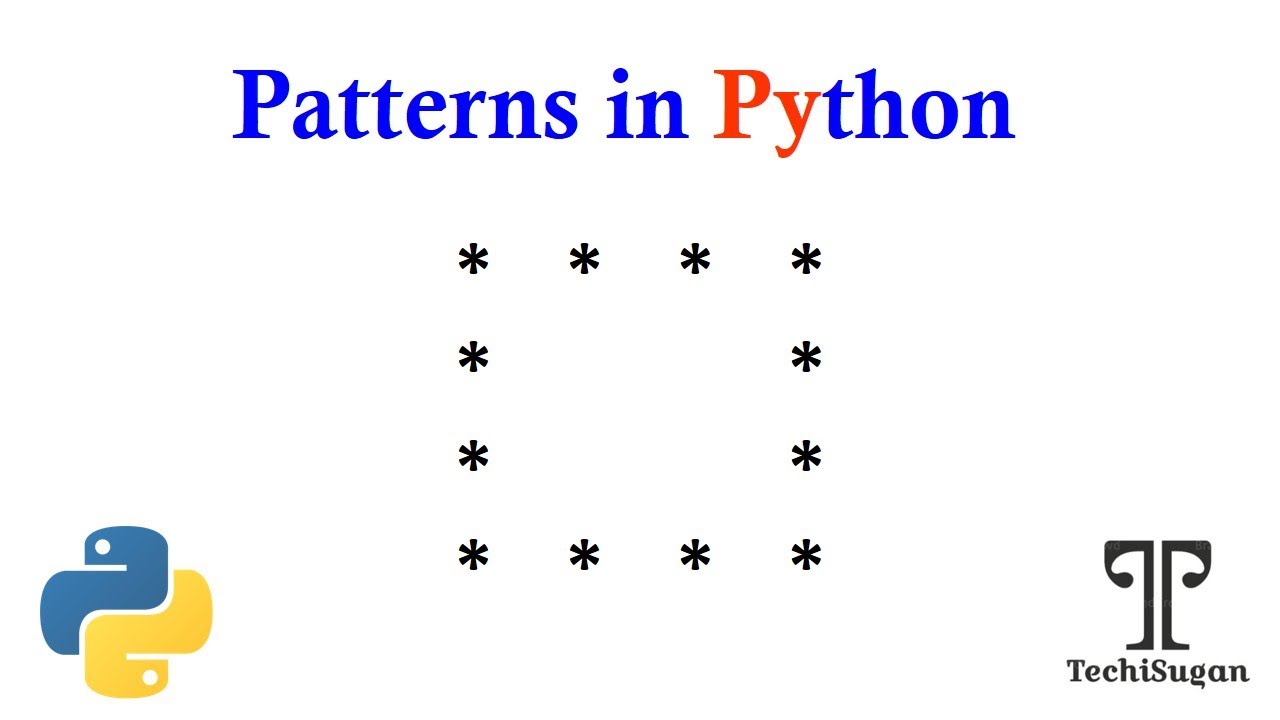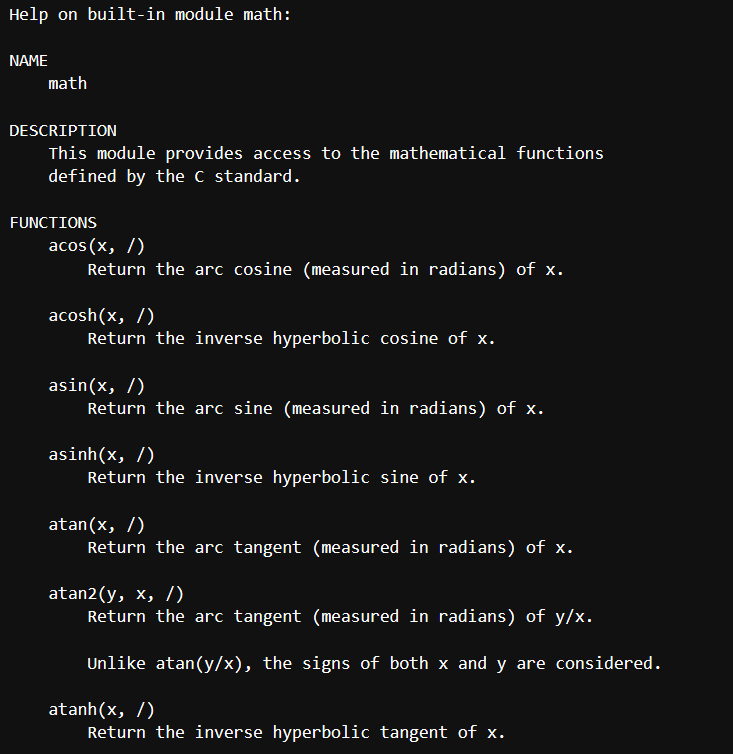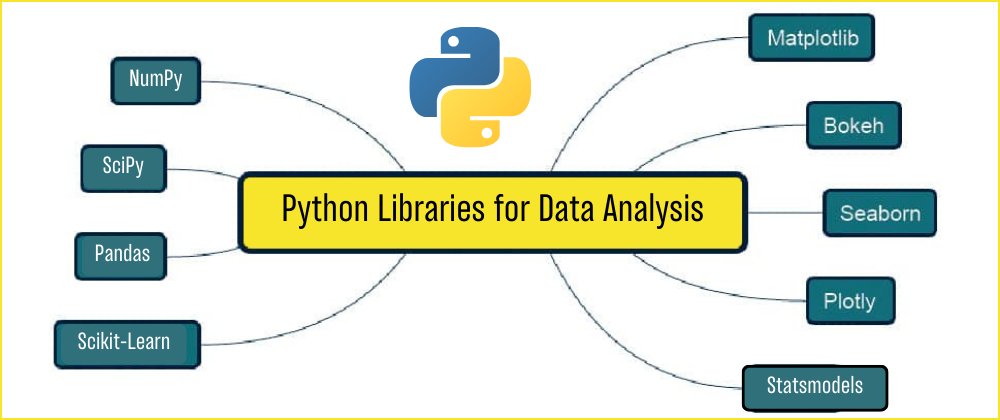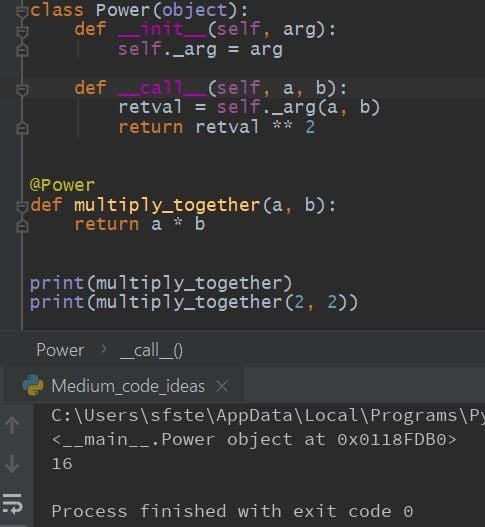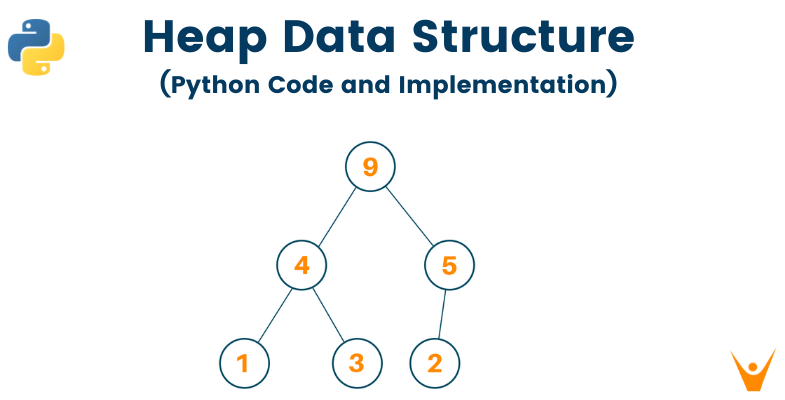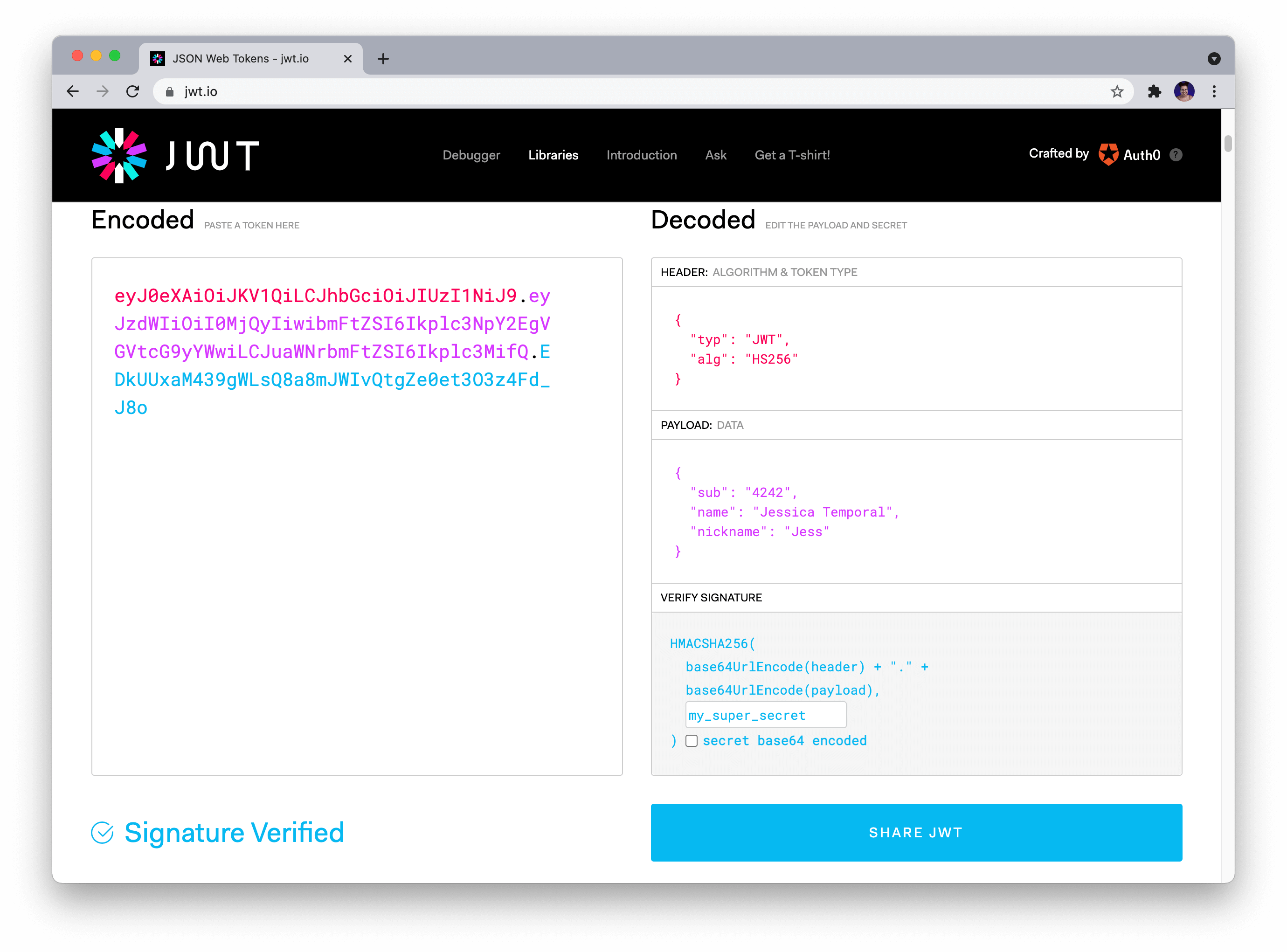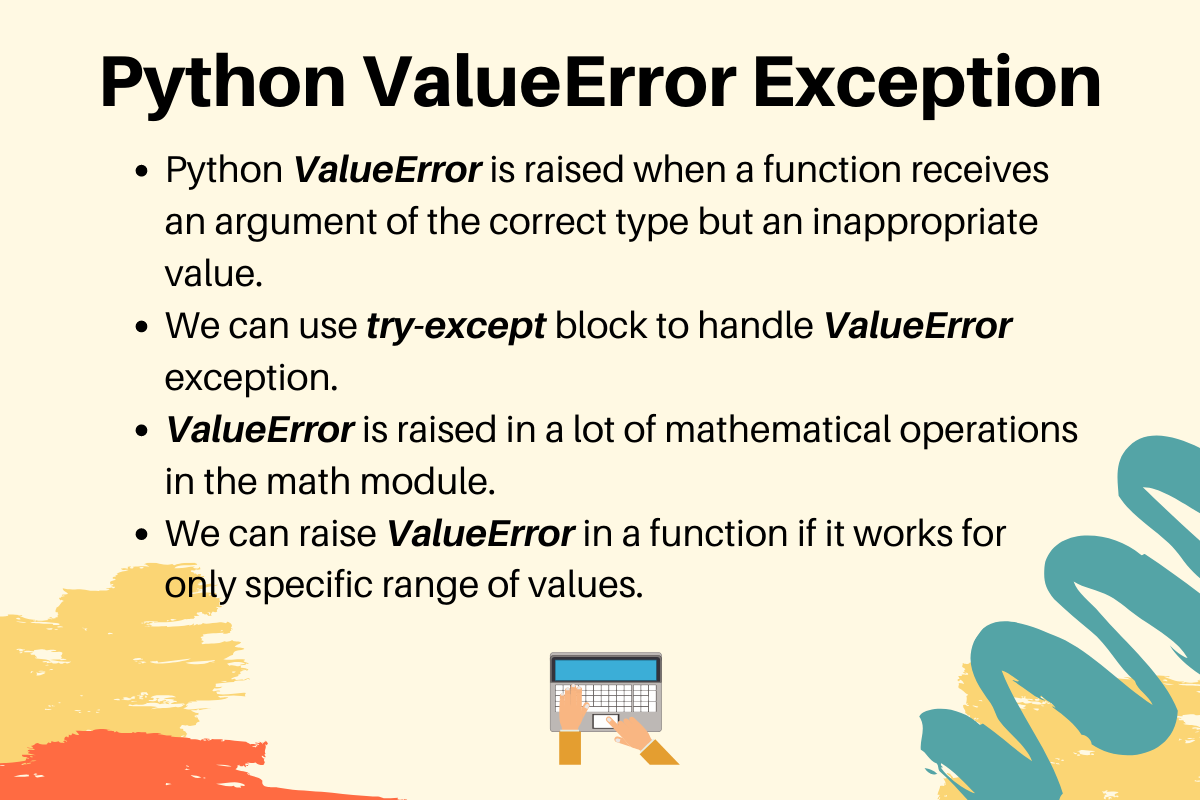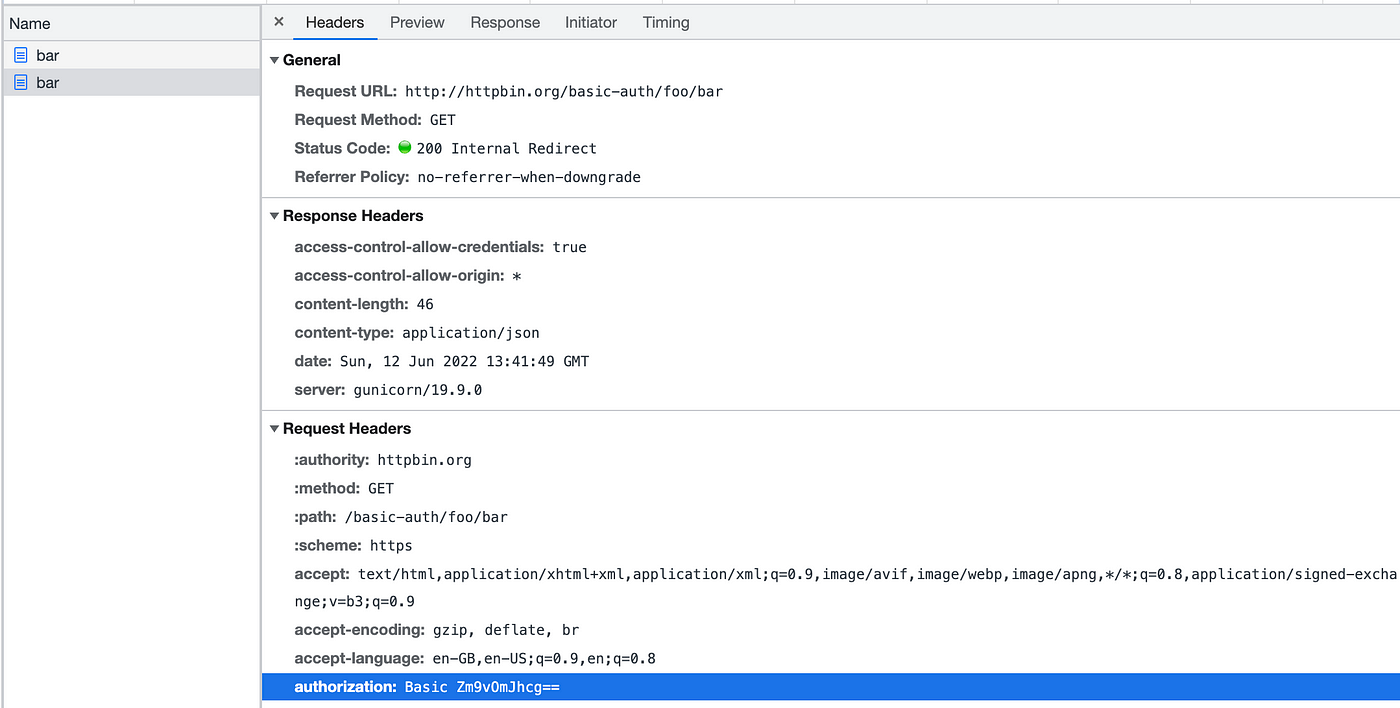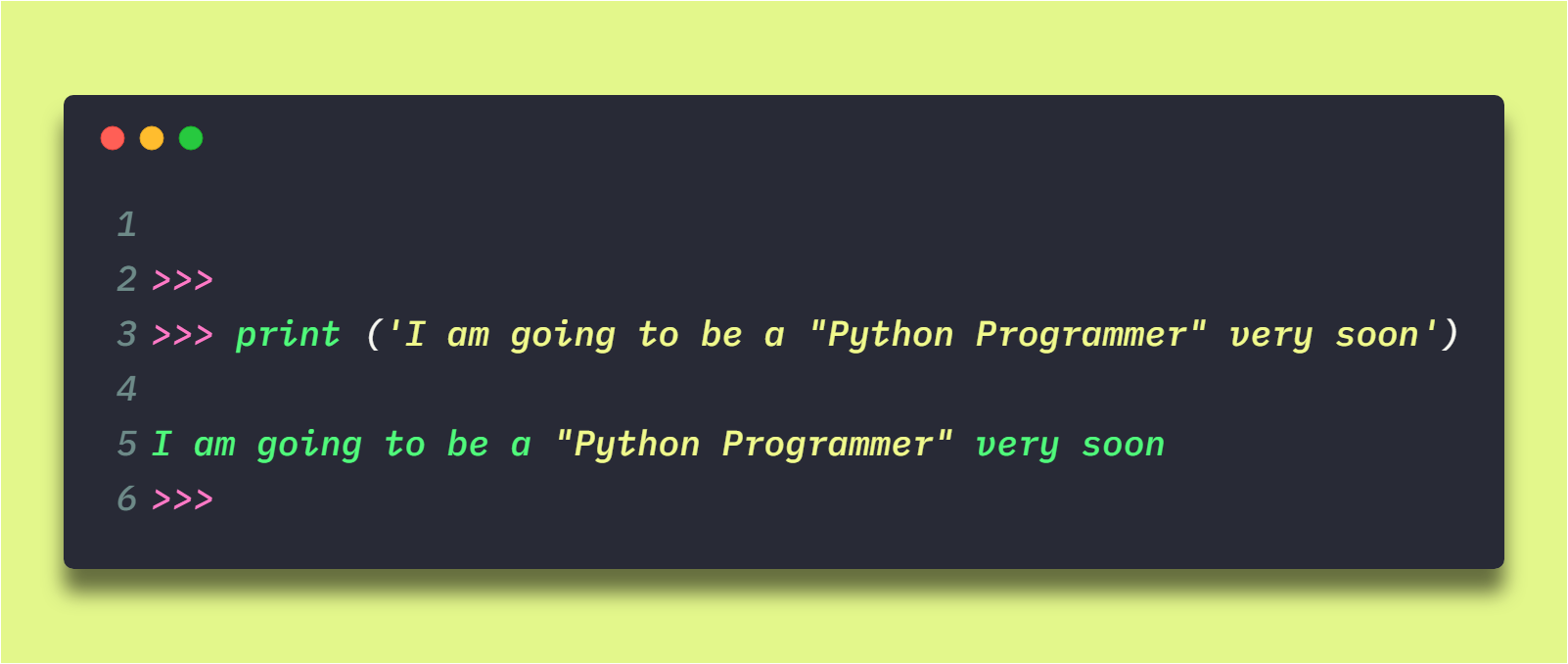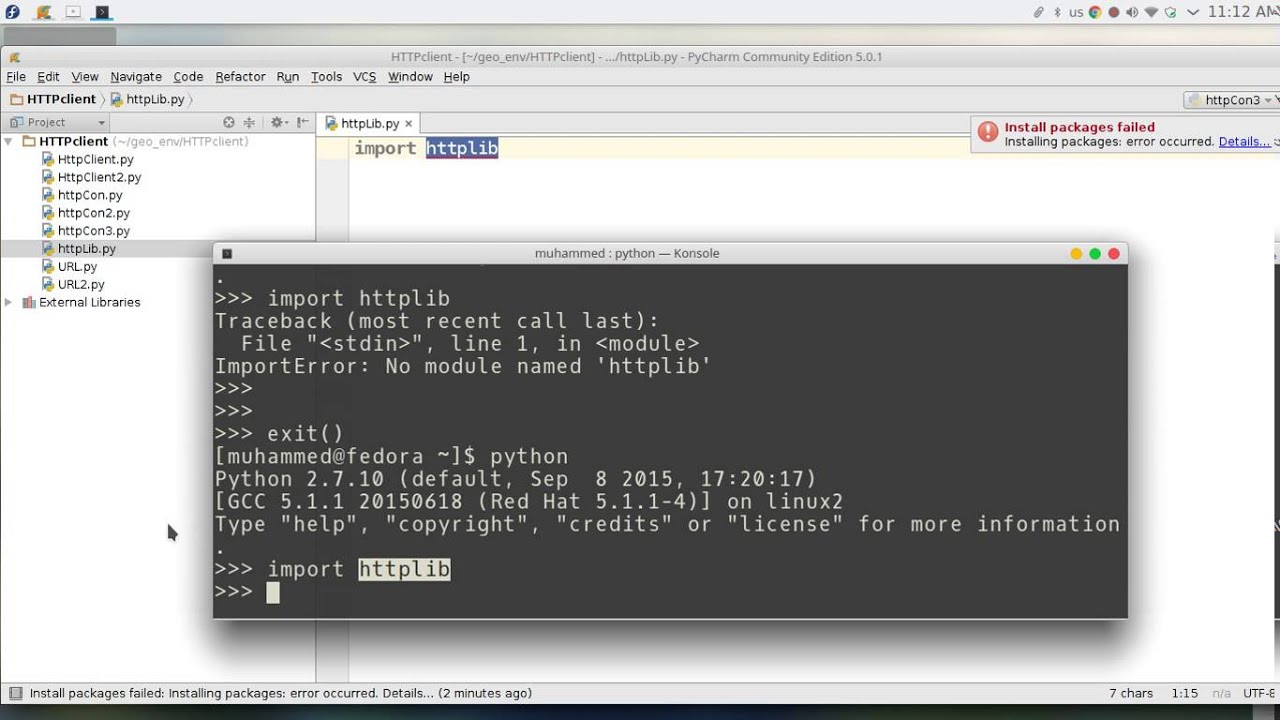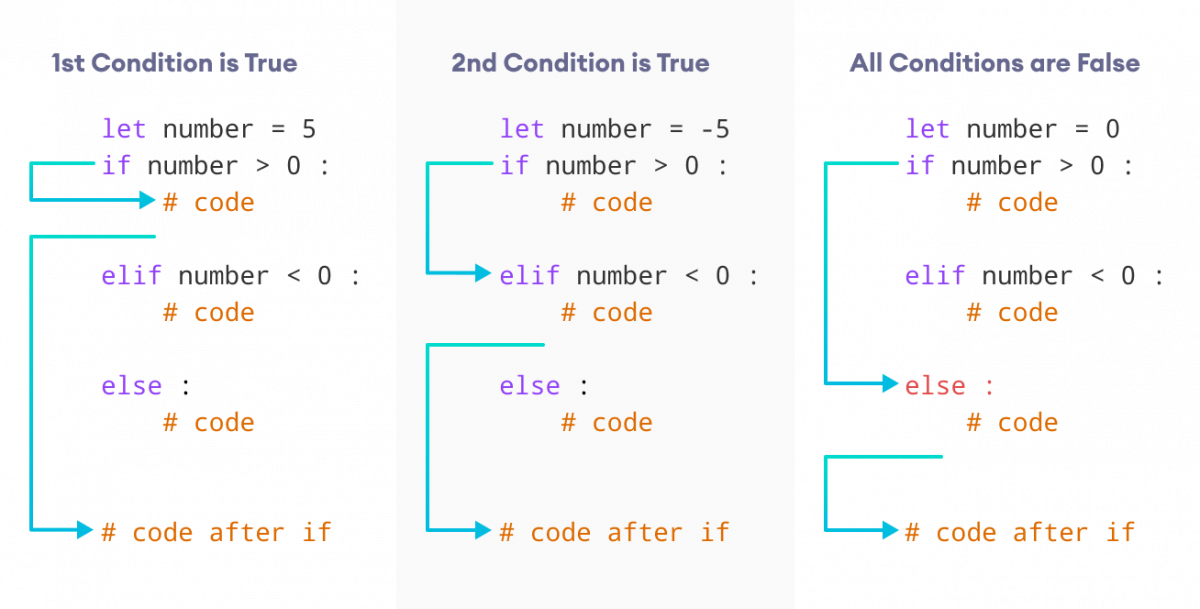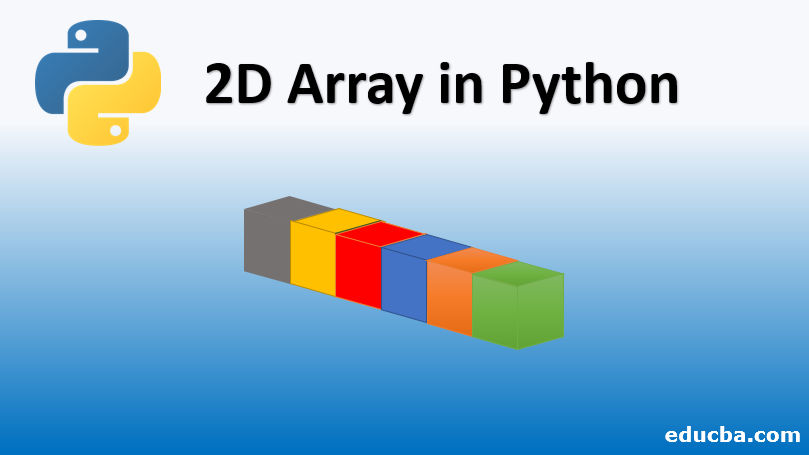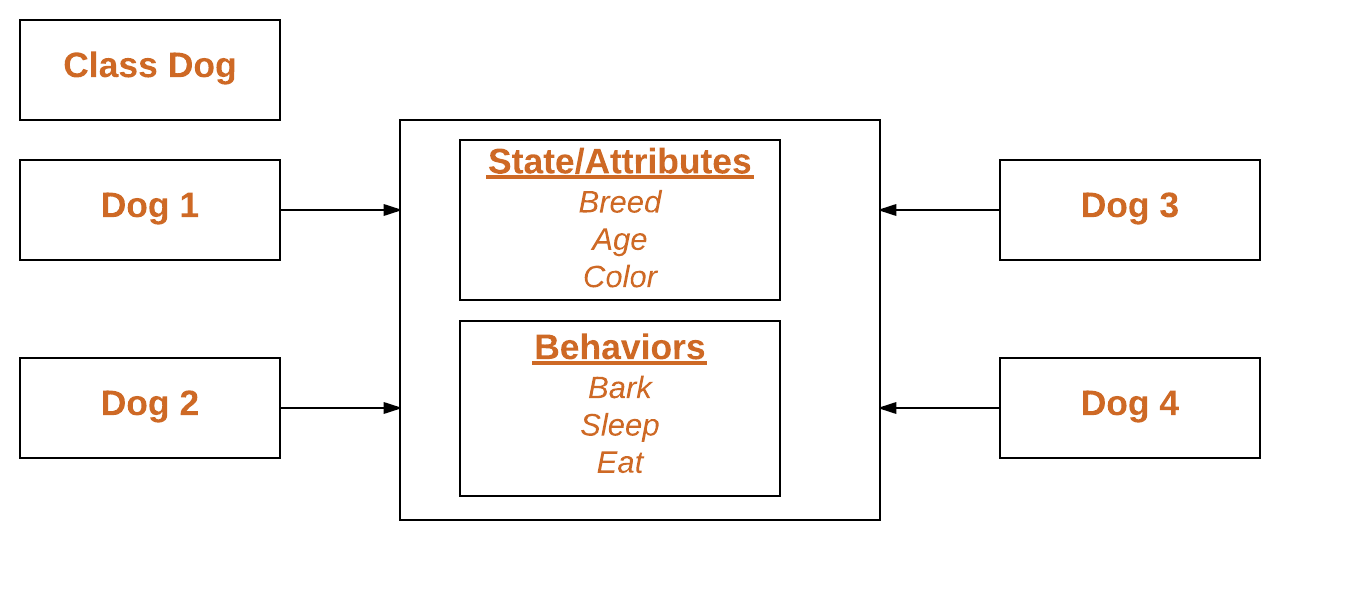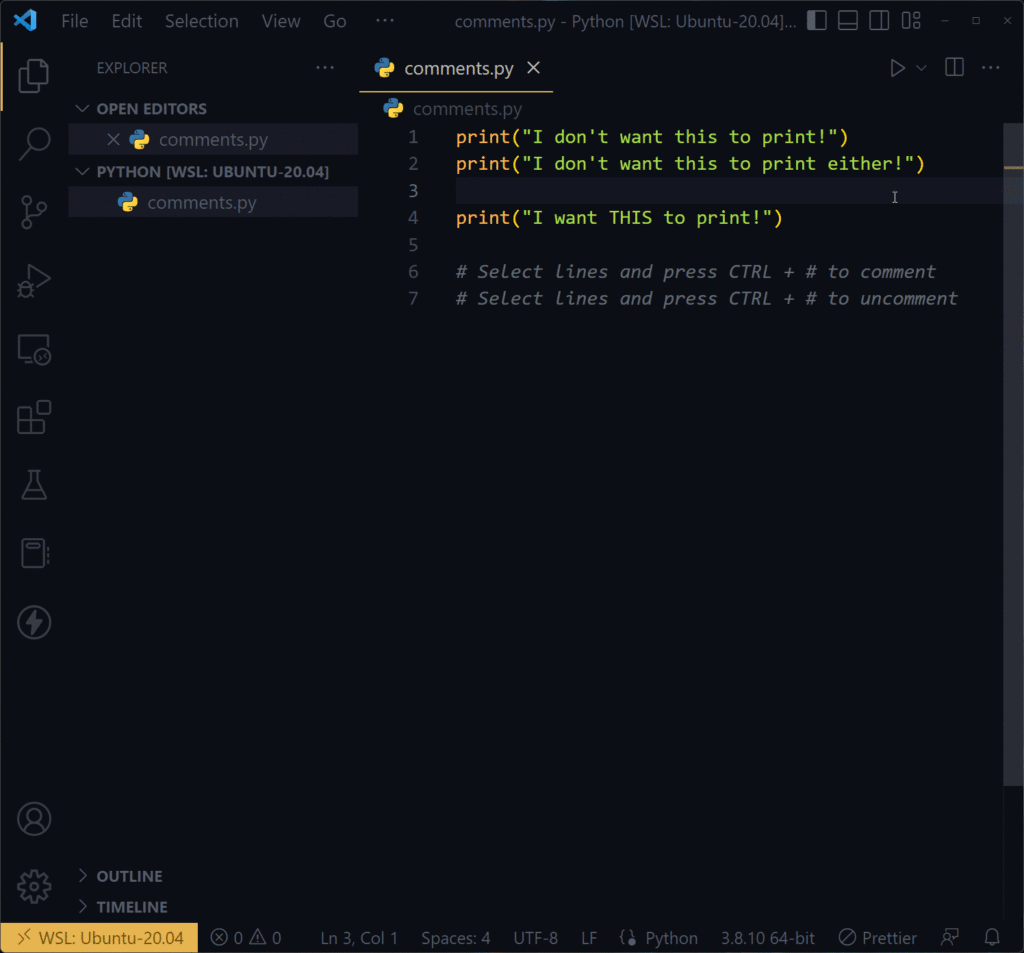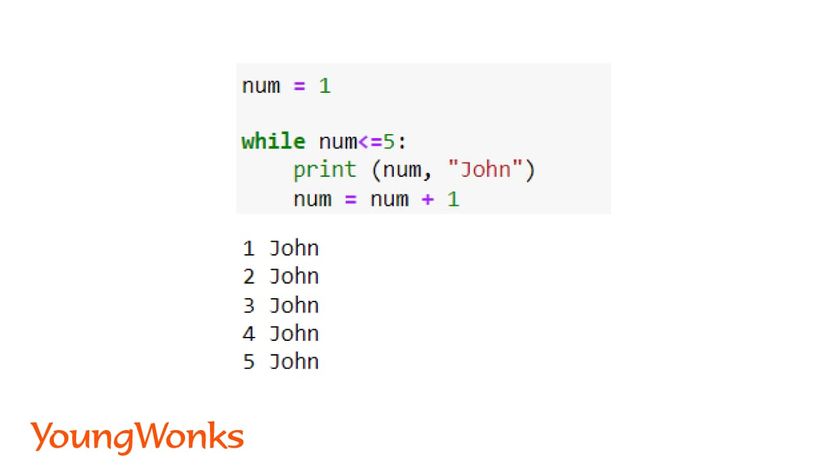python sqlalchemy connect to sql server
python sqlalchemy connect to sql server
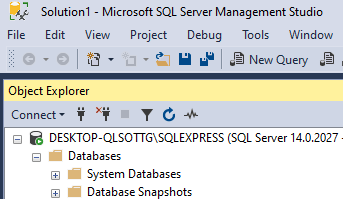
Here is a comprehensive guide on how to connect to a SQL Server database using Python and SQLAlchemy:
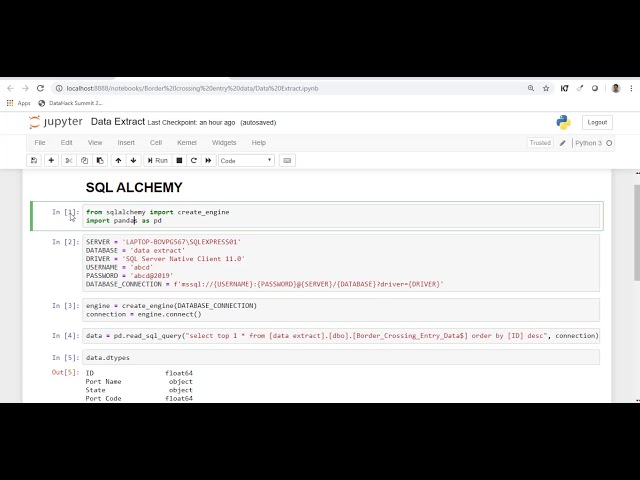
Prerequisites
Python installed (preferably the latest version) SQLAlchemy library installed (pip install sqlalchemy) SQL Server database instance running with a valid username and password
Step 1: Install SQLAlchemy

If you haven't already, install SQLAlchemy using pip:
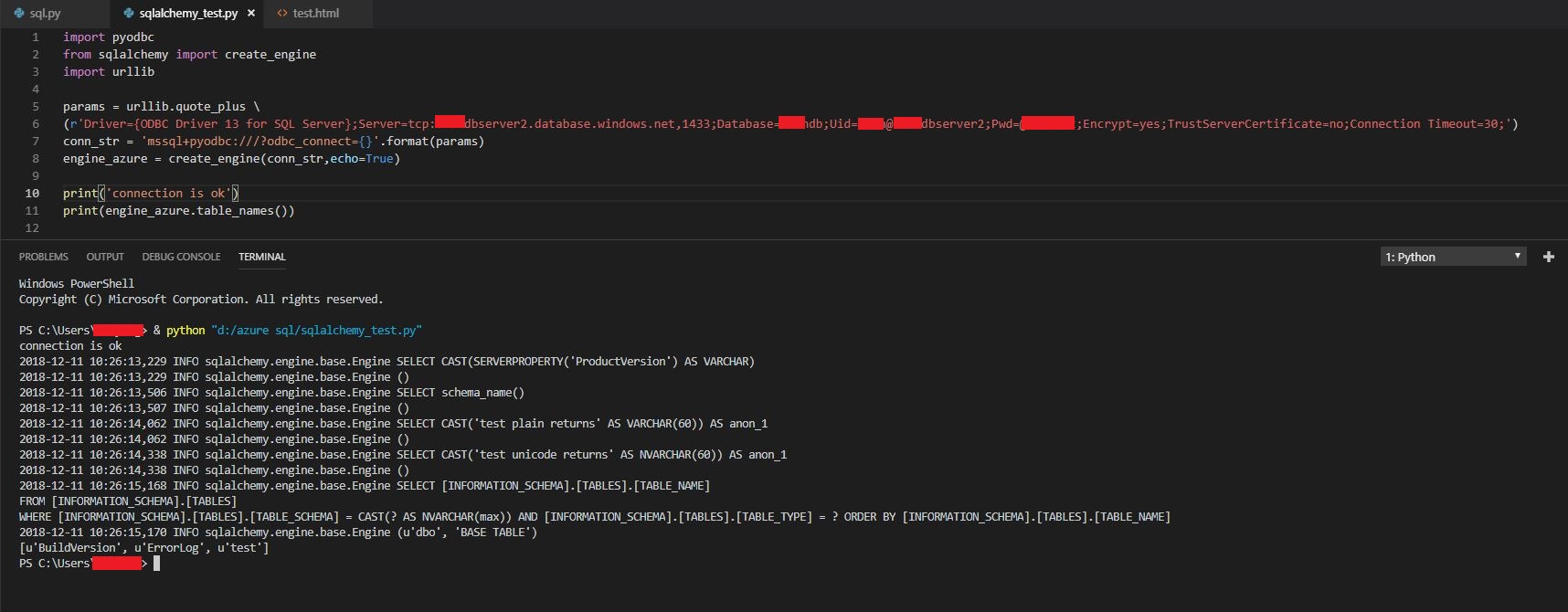
pip install sqlalchemy
Step 2: Import required modules and create an engine
In your Python script, import the necessary modules from SQLAlchemy:
from sqlalchemy import create_engine, Column, Integer, String
from sqlalchemy.ext.declarative import declarative_base
Create an engine object to connect to the SQL Server database
engine = create_engine('mssql+pyodbc://{username}:{password}@{server}/{database}?driver=ODBC+SQL+Server'.format(
username='your_username',
password='your_password',
server='your_server_name',
database='your_database_name'
))
Replace the placeholders (your_username, your_password, your_server_name, and your_database_name) with your actual SQL Server credentials and connection details.
Step 3: Establish a connection
Use the engine object to establish a connection to the SQL Server database:
connection = engine.connect()
This will create a connection object that you can use to execute queries, commit changes, or retrieve data from the database.
Step 4: Execute a query
You can execute a query using the execute() method of the connection object:
result = connection.execute("SELECT * FROM your_table_name")
Replace your_table_name with the actual name of the table you want to query. The result is an iterator that you can use to retrieve the query results.
Step 5: Fetch and process data
To fetch and process the query results, you can iterate over the result rows:
for row in result:
print(row)
Alternatively, you can convert the result to a list or tuple using the fetchall() method:
rows = result.fetchall()
print(rows)
Example Code
Here's a complete example code snippet that demonstrates the steps above:
from sqlalchemy import create_engine, Column, Integer, String
from sqlalchemy.ext.declarative import declarative_base
Create an engine object to connect to the SQL Server database
engine = create_engine('mssql+pyodbc://username:password@server/database?driver=ODBC+SQL+Server')
Establish a connection
connection = engine.connect()
Execute a query
result = connection.execute("SELECT * FROM your_table_name")
Fetch and process data
for row in result:
print(row)
Close the connection
connection.close()
Troubleshooting Tips
Make sure you have the correct SQL Server credentials (username, password) and connection details (server name, database name). Verify that the SQL Server instance is running and listening for connections. Check for any syntax errors in your query or code. Use theprint() function to debug and inspect the results of your queries.
I hope this guide helps you establish a connection to your SQL Server database using Python and SQLAlchemy!
Python SQLAlchemy API
I'm sorry! I'll respond in English as requested.
Python's SQLAlchemy is a powerful library that allows you to interact with databases using the Python programming language. It provides a high-level SQL abstract syntax layer, which abstracts away many of the database-specific details and makes it easier to write portable code.
Here are some key features of the SQLAlchemy API:
Database Connection
The first step in using SQLAlchemy is to create a connection to your database. This can be done using the create_engine() function, which takes the URL of your database as an argument. For example:
from sqlalchemy import create_engine
engine = create_engine('sqlite:///example.db')
This code creates a connection to a SQLite database called "example.db".
Table Definitions
Once you have a connection, you can define tables in your database using the Table class. This class takes three arguments: the name of the table, the column names and data types, and a dictionary mapping the column names to the corresponding SQLAlchemy types.
from sqlalchemy import Column, Integer, String
from sqlalchemy.ext.declarative import declarative_base
Base = declarative_base()
class User(Base):
tablename = 'users'
id = Column(Integer, primary_key=True)
name = Column(String)
email = Column(String)
def repr(self):
return f"User('{self.name}', '{self.email}')"
This code defines a "User" table with three columns: id, name, and email. The __tablename__ attribute specifies the name of the table, and the Column objects specify the column names and data types.
Database Operations
Once you have defined your tables, you can perform database operations using SQLAlchemy's various API methods. For example:
from sqlalchemy import select
Create a query object
query = User.query().filter(User.name.like('%%%s%%' % name))
Execute the query
result = query.all()
Print the results
for row in result:
print(row)
This code creates a query that selects all rows from the "User" table where the name column contains a given string (name). The query() method returns a query object, which can be filtered using various methods like filter(), order_by(), and limit(). Finally, the all() method executes the query and returns the results as a list of objects.
ORM (Object-Relational Mapping)
SQLAlchemy also provides an Object-Relational Mapping (ORM) system that allows you to interact with your database using Python objects. This can simplify your code by eliminating the need for manual SQL queries.
# Create a new user
user = User(name='John Doe', email='[email protected]')
Add the user to the database
engine.execute(user.table.insert(), user)
Retrieve all users from the database
users = engine.execute(User.query()).fetchall()
Print the results
for row in users:
print(row)
This code shows how you can create a new user, add them to the database using SQLAlchemy's ORM system, and then retrieve all users from the database.
These are just some of the key features and capabilities of the SQLAlchemy API. With its powerful SQL abstract syntax layer and flexible ORM system, SQLAlchemy makes it easy to build robust and scalable database-driven applications in Python.

